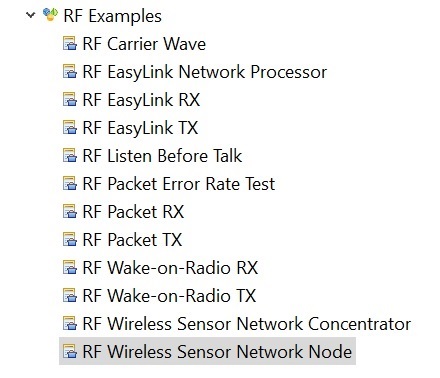Hi
My customer use Sub1G transceiver do peer to peer connection, both side has low power demand.
They found it bring high current at this situation when transmitter send packet many times until receiver wake up from sleep stage. In order to save both side power, I think time synchronization is a good method to solve the problem.
Which CC1310 example project has time synchronization? or do it by TI Mac beacon? Could you kindly give your advice? Thanks.



